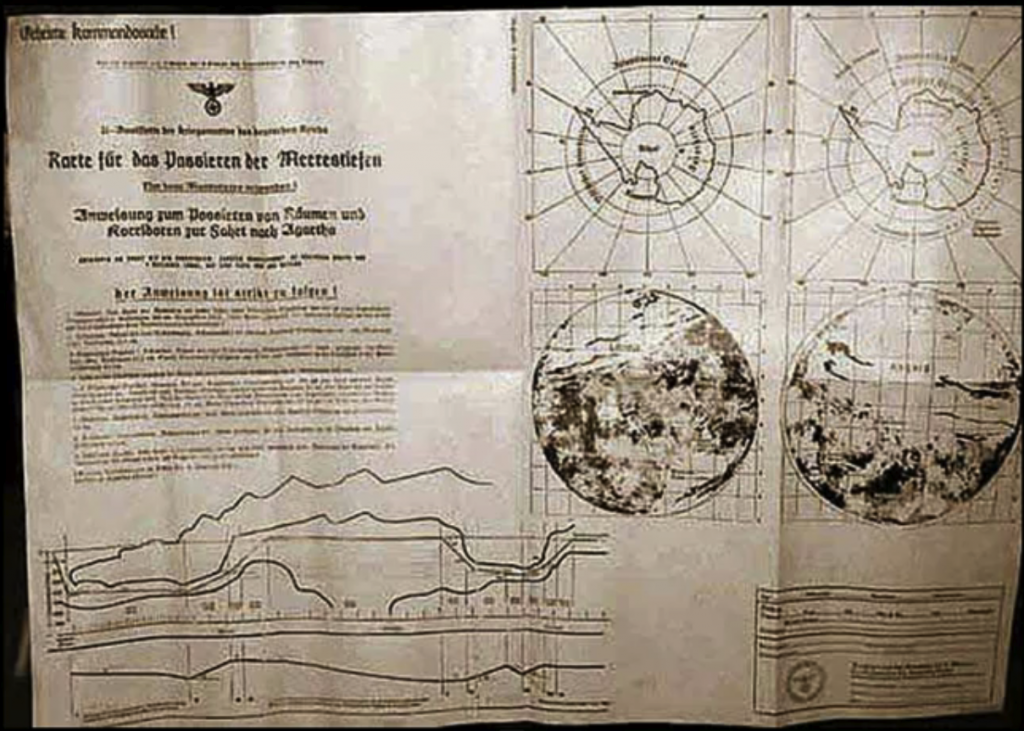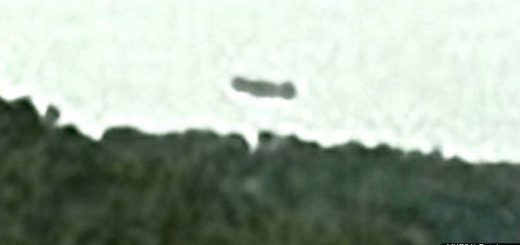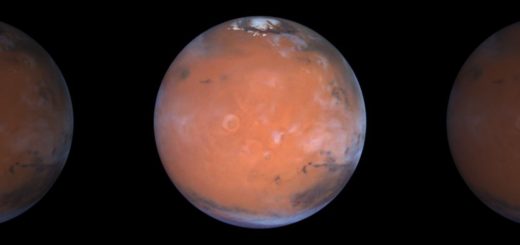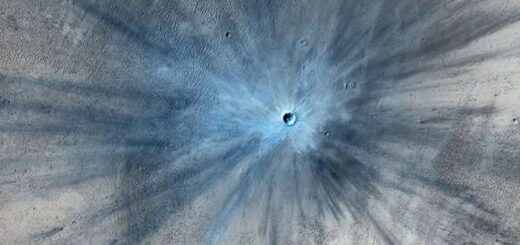The Forbidden Land of Agartha: And The Mythical Inner Earth

According to Giannini and Palmer, Vice Admiral Byrd announced on February of 1947, just before venturing into a 2,750 km journey across the North Pole, “I like to see the land beyond the Pole. That area beyond the Pole is the center of the Great Enigma.”
According to some, it is believed that during Vice Admiral Byrd’s flight over the North Pole that took place in 1947, he said via radio that beneath was not snow but huge areas of land with mountains, forests and vegetation, huge lakes and rivers with animals that resembled mammoths.
Before his death, had said there existed a land beyond the Pole that was “an enchanted continent in the sky, a permanent mystery of Earth.” That land, according to other theories, was the legendary Rainbow City, home to a fabulous lost civilization.
The possibility that the earth is hollow, and that it can be accessed through the North and South poles, and that secret civilizations flourish within it, has spurred the imagination of people through centuries. Evidence of this we find in the history of countless ancient civilizations. The Babylonian hero Gilgamesh visited his ancestor Utnapishtim in the bowels of the earth; in Greek mythology, Orpheus tries to rescue Eurydice from the underground hell; it was said that the Pharaohs of Egypt communicated with the underworld, which could be accessed via secret tunnels hidden in the pyramids; and Buddhists believed (and still believe) that millions of people live in Agharta, an underground paradise ruled by the king of the world. So just when you think that these theories could be nothing more than excessive imaginations, you actually come across evidence in ancient history pointing towards the possibility of a world inside Earth.
The idea that the Forbidden Kingdom of “Agartha” actually exists was not only said to have been supported by Admiral Byrd but by other explorers around the world. A Map made by cartographer Heinrich C. Berann is believed to show an entrance to the inner Earth, the Kingdom of Agartha. In that map, the Antarctic continent can be observed without its thick layer of ice. But the most intriguing detail are the presence of underwater passages spanning across the entire continent and seem to converge at the exact location which is identified as the opening towards the Hollow Earth or Inner Earth. Leonard Euler, a mathematical genius of the eighteenth century, concluded that the Earth was hollow, containing a central sun and was inhabited; and Dr. Edmund Halley, discoverer of Comet Halley and Royal Astronomer of England also believed that the Earth was hollow on the inside with three “Floors”.
Some also speak about Operation Highjump and Admiral Byrd’s journeys where extremely advanced airships were seen flying around and exploring new territories. Not long ago, we discovered a map of the third Reich in which there are several secret passages depicted which were used by German U-Boats to access mysterious underground regions, as well as a complete map of both hemispheres and the mysterious kingdom of Agartha.
A letter, supposedly written by Karl Unger, one of the crew members of a German Uboat states that they had reached the interior of the Earth, and that they did not consider returning. All of these stories seem to be backed up by numerous discoveries and recently, scientists discovered a large ocean of water inside the mantle of Earth, and they point out that it is a large water “tank” that could fill the oceans on Earth three times. This incredible discovery suggests that the surface water of the planet came from within Earth, as part of a “complete water cycle on the planet” instead of the dominant theory proposed that water arrived to Earth by icy comets that passed by the planet millions of years ago.
The Nazis were also extremely interested in the Inner Earth and myths associated with it. It is believed that Antarctica is the entrance to the lost Aryan homeland of Thule. Even though Antarctica has been linked to the lost continent of Atlantis, the linkage to Thule is less apparent. Thule (also known as Thula, Thyle, Thila, Tila, Tyle, or Tylen) was first mentioned by Greek explorer Pytheas after his travels between 330 BC and 320 BC. But in 150 AD, Greek writer Antonius Diogenes wrote The Wonders Beyond Thule. In the distant past, Thule was believed to have been a distant place located beyond the “borders of the known world.”
Interestingly in 2001 the U.S. National Geospatial-Intelligence Agency and the Support Office for Aero-geophysical Research discovered the existence of a magnetic anomaly believed to be on the eastside shore of Lake Vostok in Antarctica, the anomaly is believed to be consistent with a man-made construction.



 Creators of mankind
Creators of mankind Description of “Tall white aliens”
Description of “Tall white aliens” Where they came from?
Where they came from? About hostile civilizations
About hostile civilizations The war for the Earth
The war for the Earth “Tall white aliens” about eternal life
“Tall white aliens” about eternal life Video: “Nordic aliens”
Video: “Nordic aliens” Aliens
Aliens Alien encounters
Alien encounters The aliens base
The aliens base UFO
UFO Technology UFO
Technology UFO Underground civilization
Underground civilization Ancient alien artifacts
Ancient alien artifacts Military and UFO
Military and UFO Mysteries and hypotheses
Mysteries and hypotheses Scientific facts
Scientific facts


















